OC 40: Anatomy of Riots – Snapshots
Causes and remedies
Riots in Britain, demonstrations to end oppression in the Middle East, sit-ins against the excesses of capitalism worldwide have stirred up the establishment, from the political classes to the popular science writers. They all grapple for explanations and corrective interventions. Yet, the jury is out on the evidence base.
When young, media biased vox populi [BBC TV 13 August, young voters’ question time, riot special] < http://www.bbc.co.uk/programmes/b013yt6q> expressed views on reasons for looting, they attributed it to greed (expressed in monopoli banking and unpunished politicians’ expenses fraud), bad parenting, and lack of prevention from recurrence.
In the UK the prime minister supports Bill Bratton’s New York style of policing: greater presence and fear of police, more techno-gear, harsher punishment <http://www.bbc.co.uk/news/uk-politics-14990609>. Conservative politicians blame lack of family values and push responsibility onto parents. Do-gooders appeal to better judgement and self-restraint.
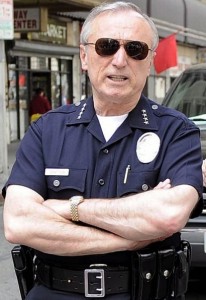
2_dia Bill Bratton Zero Tolerance source: http://www.thisislondon.co.uk/standard-mayor/article-23976504-mayor-passed-over-us-supercop-for-met-chief.do
Nature –nurture
Scientists are divided about nature and nurture. For example, the cognitive psychologist, Steven Pinker [BBC radio 4 – 18 October 2011} <www.stevenpinker.com> is attributing everything to genes, as opposed to the biologist Stephen Jay Gould < http://www.stephenjaygould.org/> who postulated contextual influence of behaviour and motivation. This illustrates the silo problem of knowledge confined to specialisms, primacy of reductionism, and undervalued holistic thinking.
Nature –nurture – urban environment
The nature – nurture dichotomy usually leaves out the environmental context, the city. However, Space Syntax, originated in UCL research, claims correlation between London riots on high streets and proximity of large post war housing estates [’Planning in London”, issue 79 – http://www.planninginlondon.com/].
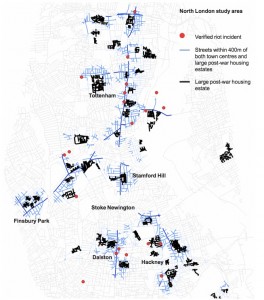
5_dia Space Syntax: link between riots and large estates source: http://irevolution.net/2011/10/16/crisis-mapping-london-riots/
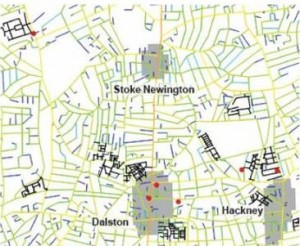
6_dia Sapce Syntax: homing into Dalston East London source: http://irevolution.net/2011/10/16/crisis-mapping-london-riots/
Public opinion was quick to put the blame on designers who are expected to be able to design out rioting from the public realm. However, the links Wouter Vanstiphout of Delft Technical University sees between cityscapes and riots are ambiguous, not related to physical features but to whether people recognise their aspirations in the city. For him, it is not possible to design rioting out of the city, although he acknowledges that there are spatial differences among places and cities where rioting is taking place. One thing though is clear, all these riots took place in cities, in clearly urban environments. It remains important to gain a better understanding of how cities are made, used and maintained.
Nature – nurture – urban environment – broken society
The UK prime minister extended the links beyond nature – nurture and the urban environment. For him they encompass what he terms the broken society. That claim too needs closer analysis. Many observed that the rioters were a mixed bunch, far from only local or deprived but travelling across socio-spatial divides to participate in spectacle, violence and looting. Others turn to technology and attribute the diffusion of rioting to the use of BlackBerry Messenger and/or exaggerated reporting on social network sites.

8_dia analysis of e-communication with Key Multimedia. source: http://www.keymultimedia.co.uk/2011/08/
Thus it remains crucial to study the relationship between cities, who makes them, how they are made and for what reason, and the way they are used, by whom, for what purposed, and who is maintaining cities, how and with what means.
Why?
Although the riots were assumed to have been triggered by the shooting of Mark Duggan, a man the police intended to arrest, there are no plausible explanations why they spread like a wild fire through London and to the rest of England (interestingly not to Scotland).
David Cameron, UK’s Prime Minister voiced his own explanation of rioting [BBC radio4, Today, 13 September 2011].
“I thought the Mayor of London made a good point which is, I think the way he put it is that people weren’t stealing from a shop because Gerald Kaufman had got a flat screen television on his expenses, and I think when you listen to the BBC there’s a danger that all these things are equated into a great mush and you make that as an excuse for not acting, some people almost say, well until we deal with the problem of inequality in our society there’s nothing you can do to deal with rioting, well that’s what it can slip into.”
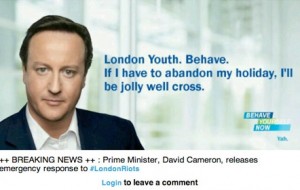
9_dia Cameron mocked on twitter source: http://www.vanityfair.com/online/daily/2011/08/london-youth-revolt-upper-class-goes-on-vacation-david-cameron

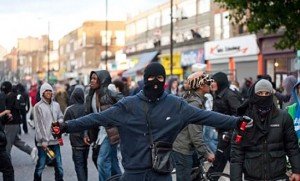
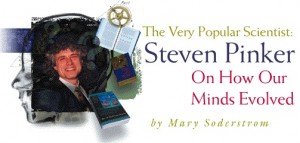
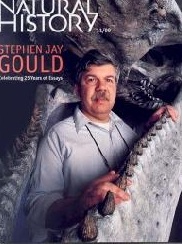
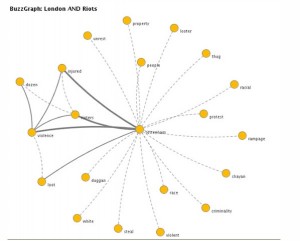
Have……….Have not
Have…………….Have not
Have………………….Have not
Have……………………….Have not
Mind the Gap…..